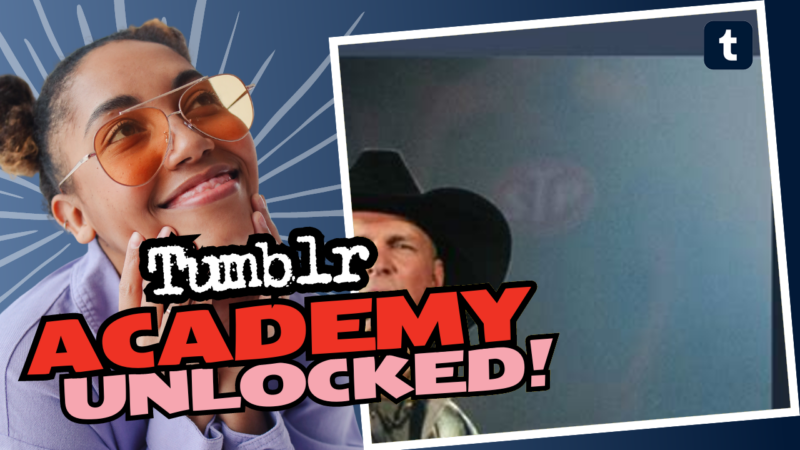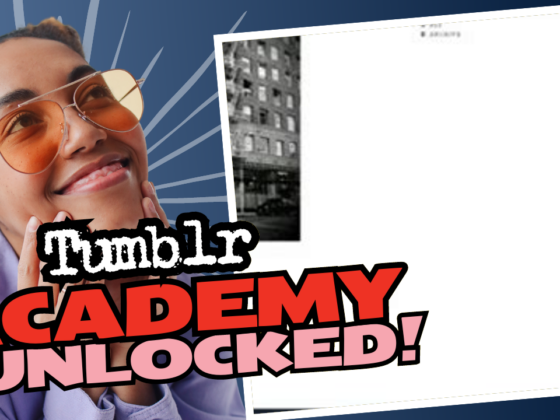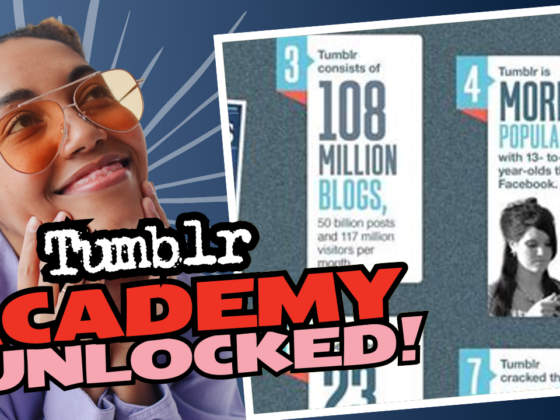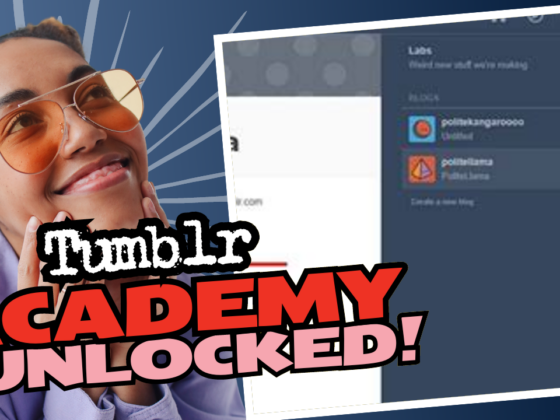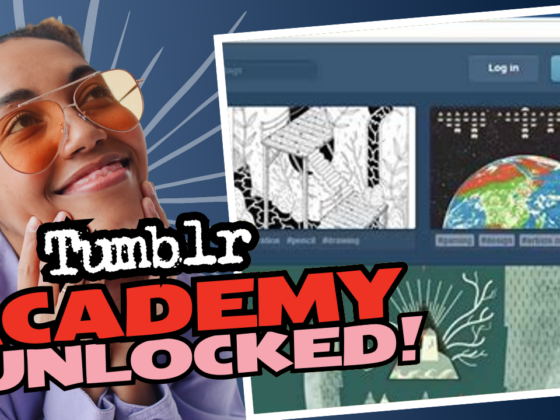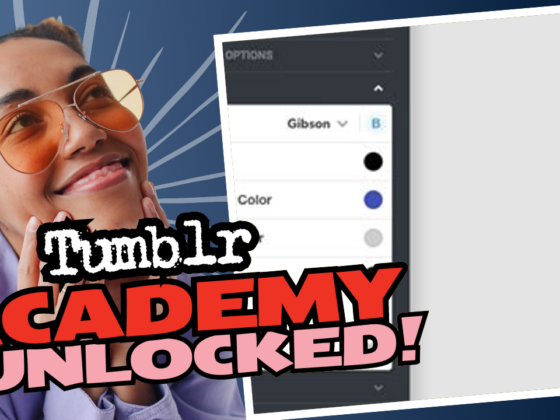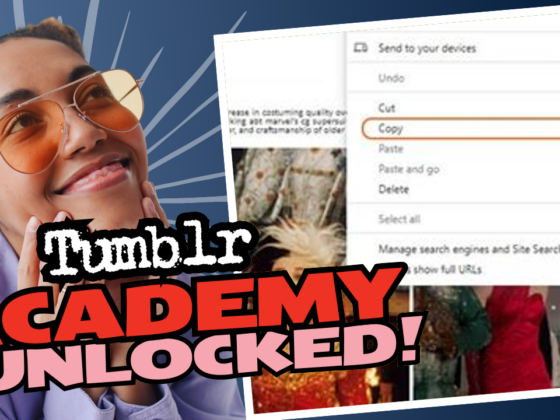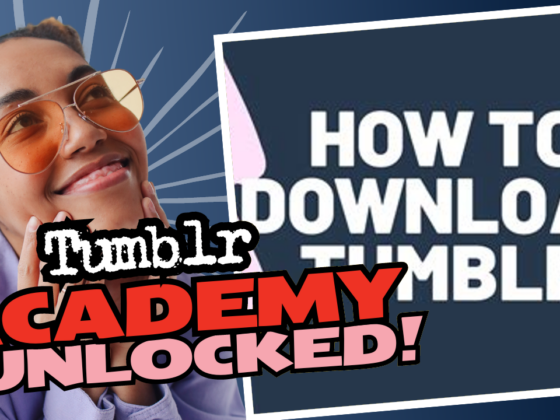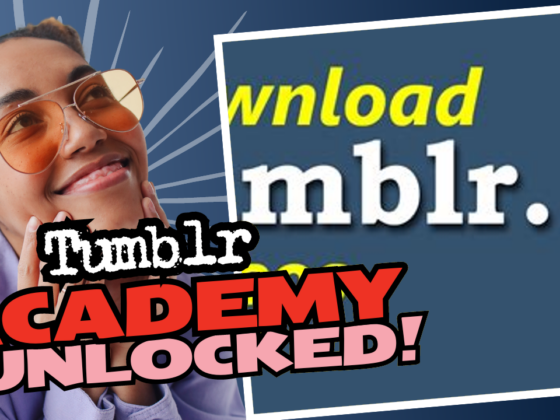Why Are Tumblr Ads So Weird? Let’s Break It Down!
Ah, Tumblr—a magical land where memes thrive, art flourishes, and, of course, where you encounter some of the most bizarre ads known to mankind. You might look at these ads and think, “What in the actual heck is this?” Well, buckle up, buttercup, because we’re about to dive into the chaotic world of Tumblr advertising and why they resemble the fever dreams of a caffeine-fueled raccoon.
The Art of Absurdity
Let’s face it; Tumblr ads are *typically* not your run-of-the-mill clickbait. You won’t find heartwarming stories of success or beautifully curated lifestyle tips here. Instead, you’re bombarded with offers for human skulls, chonky seals, and “*are you protected against grain pests?*” Why? Because the Tumblr audience thrives on the weird and the whimsical, desiring a distinctive flavor in their digital ad experience.
In traditional advertising, brands aim for a polished look to present their product as desirable. However, Tumblr flips this on its head with quirky, outrageous ads that transform the mundane into the peculiar. These strange visuals and outrageous claims are a strategy to catch glimpses of our fleeting attention.
Creating Buzz Through Weirdness
Ever notice how once you see one weird ad, you can’t help but click on more? It’s like a train wreck—you can’t look away! Advertisers understand this psychological quirk and exploit it shamelessly. By creating ads so bizarre that they provoke curiosity or outright laughter, brands make sure their products are shared, discussed, and, at the very least, remembered.
- Why buy just *any* seal plushie when you can own a *chonky* one and become the undisputed pillow king or queen?
- Who wouldn’t want a human skull, not for shady purposes but to flaunt at parties?
- Are you worried about grain protection? Because that seriously affects the fate of your corn—life or death here, people!
This strategy works perfectly on Tumblr, where jesters and misfits come together to share their oddities. Users laugh, share, and spread the joy (or horror) that these ads conjure. So, in essence, the ads resonate with the platform’s community, encouraging engagement that regular ads would never achieve.
Know Your Audience
Do you think for a second the folks behind these bizarre ads don’t know their audience? That’s the kicker! They *absolutely* know exactly who they’re targeting: the beloved Tumblr user—whimsical, sarcastic, and often with an inclination toward the absurd. If you’ve ever tumbled down a rabbit hole of weird art, memes, or conspiracy theories, congratulations! You’re the target demographic.
Why are these ads so tailored? Because Tumblr has a unique user base that thrives on chaos, irony, and humor. Advertisers employ this knowledge, crafting ads that might just make you snort coffee through your nose. What better way to promote bizarre products than to make them relatable to an audience that revels in the surreal?
Sentiment Over Substance
It’s fascinating to observe how Tumblr ads often rely less on the factual and more on an emotional pull—whether it’s laughter, disbelief, or a deep-seated curiosity. For example, seeing an ad for a *one-foot plot of land in Scotland* might tickle that latent dream of nobility resting within you. You might not genuinely believe you just became a lord, but the prospect? A delightful, absurd escape.
People want narratives with their ads—especially something that feels almost personal. If an ad triggers a giggle or cultivates a mysterious vibe (seriously, why *are* there always feet pics?), that’s a win in the advertiser’s playbook. So they drench their ads in ambiguity, chaos, and humor, all while managing to be utterly irrelevant in a way that feels somehow entertaining.
When Marketing Meets Meme Culture
The bizarre nature of Tumblr ads directly aligns with meme culture, which marries humor and absurdity in a superbly chaotic manner. Advertisements become a canvas for brands, painting the bizarre rather than the commonplace. Just think about those weird animated characters you keep coming across, like “Randy Jackson preparing for a lemon party.” You’re not just being sold a product; you’re thrust into a world of inside jokes, references, and hilariously unexpected scenarios.
Why sell hammers simply as tools when you can market them with weird animated hammers that tell dad jokes? It’s memorable! The same approach applies to Tumblr ads, allowing brands to speak the languages of humor, irony, and exaggeration, placing them squarely in the limelight of user engagement.
So, Are They Actually Effective?
This begs the question, do these chaotic ads even work? Are they driving sales, or are they just floating in the void of the interwebs? You’d be surprised. Testimonies from users often echo sentiments like, “I don’t know why I clicked, but now I kinda want a *chonky seal* or a *fireproof human skull* for my fire pit.”
The ultimate goal of marketing is conversion, not just visibility, and while the ads might look weird, the engagement numbers speak volumes. Users often visit the advertised sites just to see what’s happening. So, in a roundabout way, these ads do create a following—albeit a niche one full of inside jokes, shared weirdness, and a lot of “what did I just click on?”.
What’s Underneath That Weirdness?
As amusingly outrageous as these ads may be, they’re mere reflections of the larger digital marketing trends. The absurdity is often rooted in our shifting expectations of online interactions. In a time when endless content bombards us, standing out calls for more than just catching the eye. It demands something outrageous, something that will genuinely resonate, even if the message itself is buried in weirdness.
- Ever seen an ad for using onions on cuts? Yeah, that’s peak Tumblr.
- How about the prompts that push absurd lifestyle changes like “are you ready to transform into a human burrito?”
- And don’t forget the foot pictures that make you question your sanity.
The world is a circus, and Tumblr is the ringleader, orchestrating a show of chaos. The craziness creates a metaphorical space where even the most eccentric aspects of our persona can thrive. If life gives you a bowl of weird ads, make a meme!
Conclusion: Wrapping It Up in Quirkiness
In a nutshell, Tumblr ads are engaging precisely because they’re weird. They serve a purpose in a world that demands clicks while simultaneously appealing to our love of all things absurd. They reflect what it means to be a digital citizen in the modern age—quirky, casual, and often sarcastic.
The next time you find yourself fixated on an ad for “how to become a Scottish lord” or trying to make sense of “robot teeth craving flesh,” just remember this: they know you, and they know their audience. Embrace the madness of Tumblr ads, because it’s a wild ride filled with laughter, absurdity, and the occasional “why did I just click that?” moment!

